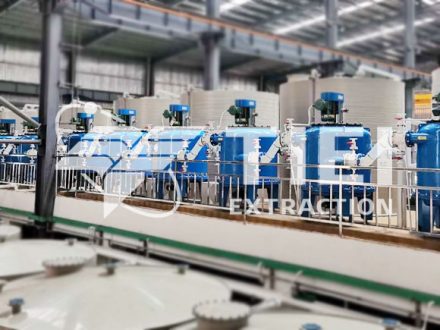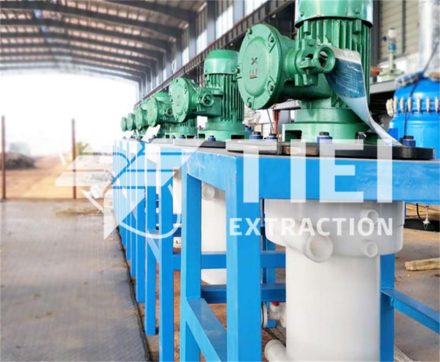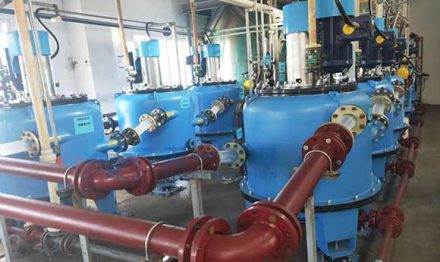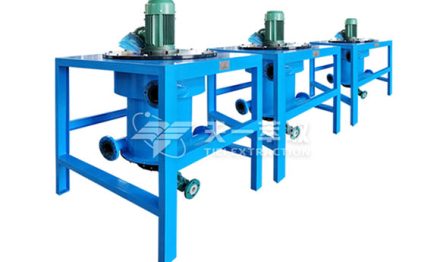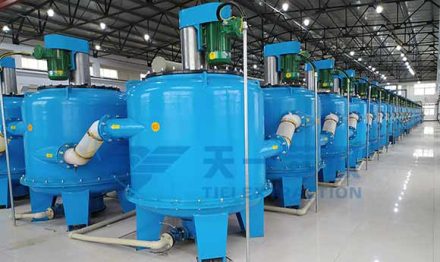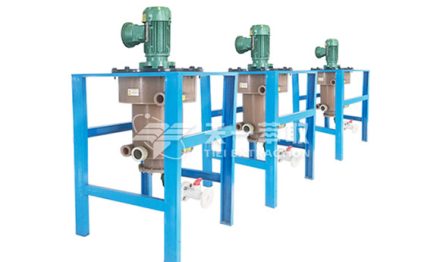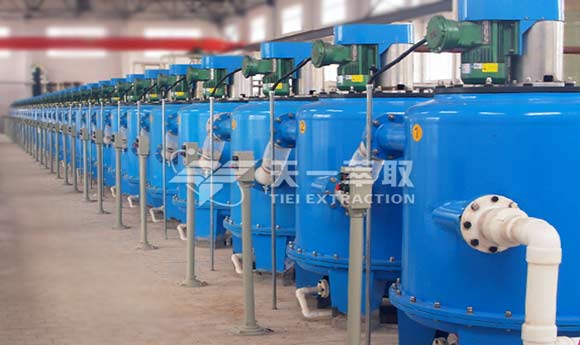
Lactic acid is widely found in humans, animals, plants and microorganisms. It has two optical isomers, left-handed and right-handed, among which L-lactic acid is right-handed. L-Lactic acid and its salts and derivatives are widely used in food, feed, chemical industry, medicine and other fields.In recent years, poly-L-lactic acid has been used as a new material to manufacture biodegradable plastics, green packaging materials and household films, etc, which have solved the increasingly serious environmental pollution problem and attracted widespread attention from the world. It is considered to be the most promising new material in the new century and has very broad application prospects.
Lactic acid production methods include fermentation, chemical synthesis and enzymatic methods. At present, the production of high optical purity L-lactic acid is mainly based on microbial fermentation, and the fermentation strains are Lactobacillus, Rhizopus oryzae, etc. The fermentation process of lactic acid in our country has basically passed the test, but the main problem is how to obtain high-purity lactic acid efficiently, economically and environmentally.
For the extraction and separation of lactic acid fermentation broth, the calcium lactate crystallization-acidolysis process is currently commonly used in our country. The product extraction rate of this process is low and the purity is not high. The reason for the current low lactic acid extraction rate and low purity is that major impurities such as sugars, proteins and pigments in the fermentation broth cannot be effectively removed, which significantly affects the crystallization rate and purity of calcium lactate;the use of multiple activated carbon decolorization causes the loss rate of calcium lactate and lactic acid to be as high as 30%; the sugar removal during the process is insufficient, resulting in residual sugar or other reducing substances in the finished lactic acid affecting the quality of the product.
In order to solve the above problems of large lactic acid loss, low yield, low purity, serious pollution, high energy consumption and inability to produce continuously during the lactic acid separation and extraction process, Zhengzhou Tiei Extraction uses a new ionic solvent to extract lactic acid from the crude lactic acid solution through coupled adsorption, which effectively separates lactic acid from water and other impurities, and then uses the heat-sensitive effect of the solvent to separate lactic acid from the solvent. The technical characteristics of this process are as follows:
High efficiency: The residual concentration of lactic acid in the original solution after coupling adsorption separation is low, which greatly improves the lactic acid crystallization yield.
Strong selectivity: only adsorbs lactic acid and substances of the same polarity, and does not adsorb other substances.
Low production cost: Since coupling adsorption separation is performed under normal pressure, there is no need to consume other raw materials.
High separation quality: product quality indicators reach or partially exceed the international level of similar products, and the purity of the final finished lactic acid is as high as 95% to 98%.
Simplification of production process.
Working conditions and production environment have been significantly improved.
The Tiei extraction solvent extraction method is used to purify lactic acid. The final product has high inclusion, good product quality, good thermal stability, and all indicators are qualified and better than the national standard requirements.
Email: sales@tieiextraction.com

